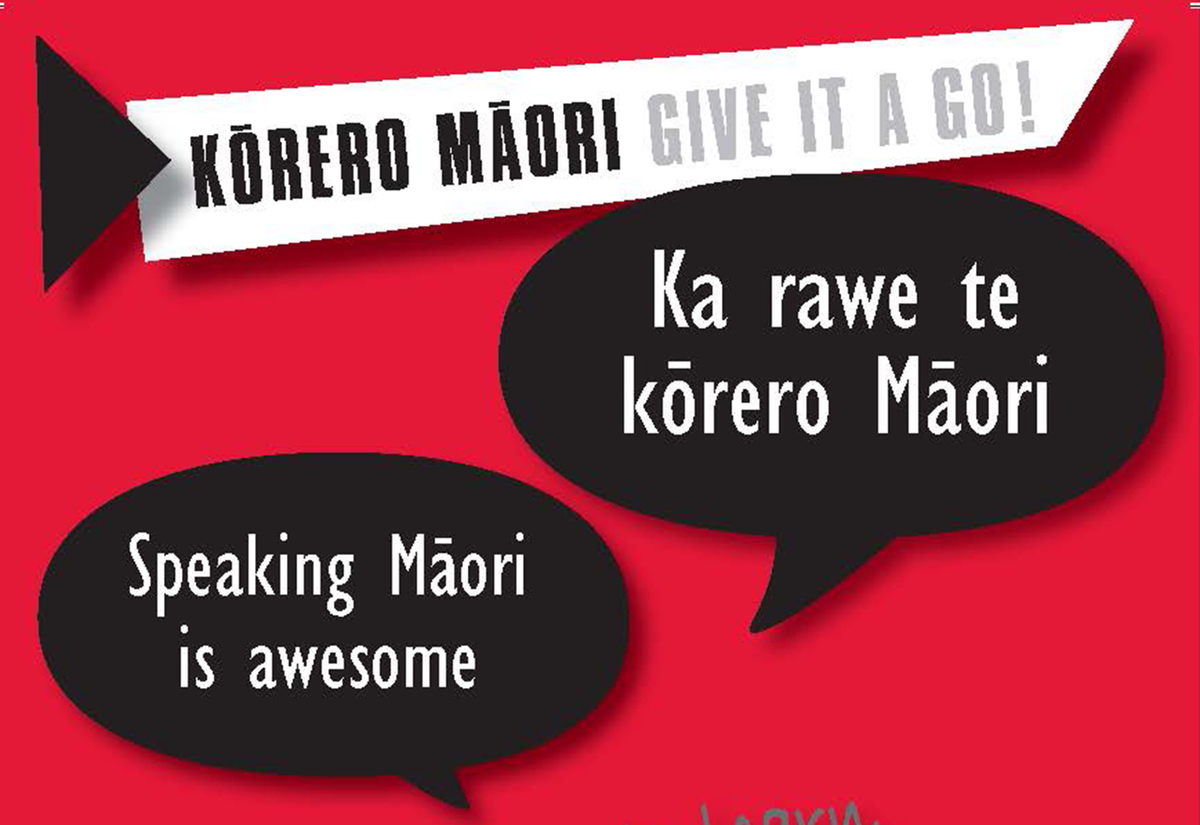Kōrero Māori – Give te reo a go
Mary Hinsen
20 June 2021, 5:30 PM
 Join our Māori language journey through our Monday te reo Māori series.
Join our Māori language journey through our Monday te reo Māori series.Tēnā koutou - hello everyone.
This week’s kōrero answers another question sent in to me.
A Central App reader asked about the term ‘tangi’. He wanted to know if someone says they are ‘going to a tangi’, what do they mean, where exactly are they going and do they really need to go?
If someone tells you they are going to a tangi, they are going to a tangihanga, or funeral.
Traditionally, a tangihanga would last several days and sometimes weeks. According to Scotty Morrison, the body was wrapped in harakeke (flax) and kawakawa leaves. It was then smeared with kōkōwai (red ochre). It was adorned with feathers of rank and either propped up or laid on a bundle of mangemange (ferns).
These days, the tūpāpaku (body of the deceased) is kept on the marae. It is usually kept in an open casket and dressed in fine, ceremonial clothes.
People speak directly to the tūpāpaku, as the wairua or spirit is yet to depart from the earth.
Māori believe the tūpāpaku should not be left alone, so the immediate family of the deceased person will keep a constant vigil until it is taken to the burial ground for interment.
While a tangi can sometimes be a little daunting if it is something you have never experienced before, you are expected to attend the tangi if you knew the deceased person.
I find the whole process involved in tangi a positive way to deal with grief. Tangi are a wonderful way to say goodbye to someone I loved.
Kia pai te rā. Have a great day.
Check out te wiki o te reo Māori here and discover more.

